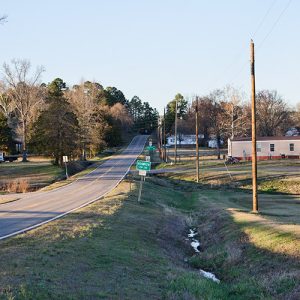 Houston Street Scene
Houston Street Scene
Entry Category: Counties, Cities, and Towns
 Houston Street Scene
Houston Street Scene
Howard County
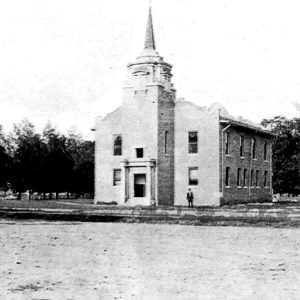 Howard County Courthouse
Howard County Courthouse
 Howard County Courthouse
Howard County Courthouse
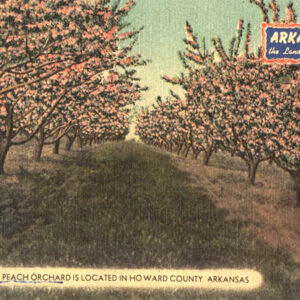 Howard County Peaches
Howard County Peaches
 Howell Company
Howell Company
Hoxie (Lawrence County)
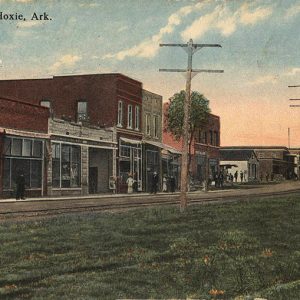 Hoxie Street Scene
Hoxie Street Scene
 Hubble Funeral Home
Hubble Funeral Home
Huff (Independence County)
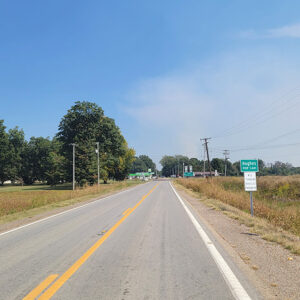 Entering Hughes
Entering Hughes
Hughes (St. Francis County)
 Hughes Bros. Drugstore
Hughes Bros. Drugstore
 Hughes Church
Hughes Church
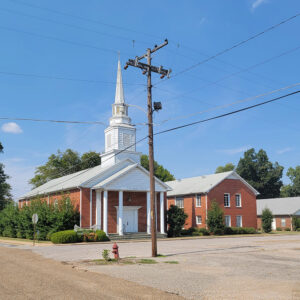 Hughes Church
Hughes Church
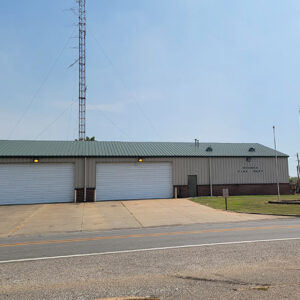 Hughes Fire Department
Hughes Fire Department
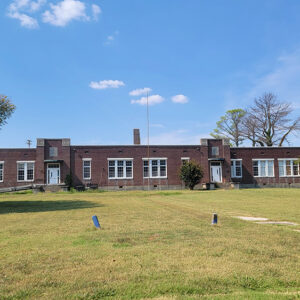 Hughes High School
Hughes High School
 Hughes Municipal Water Tower
Hughes Municipal Water Tower
 Hughes Street Scene
Hughes Street Scene
 Hughes Street Scene
Hughes Street Scene
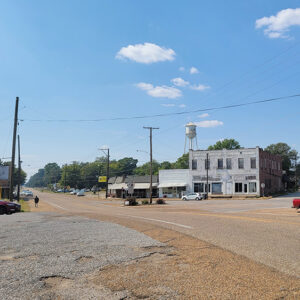 Hughes Street Scene
Hughes Street Scene
 Hughes Street Scene
Hughes Street Scene
 Hughes Water Tower
Hughes Water Tower
 Hughes Water Tower
Hughes Water Tower
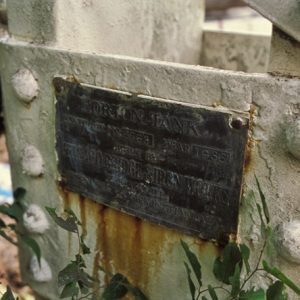 Hughes Water Tower Plaque
Hughes Water Tower Plaque
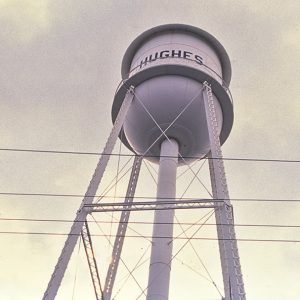 Hughes Water Tower
Hughes Water Tower
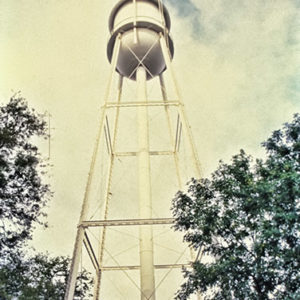 Hughes Water Tower
Hughes Water Tower
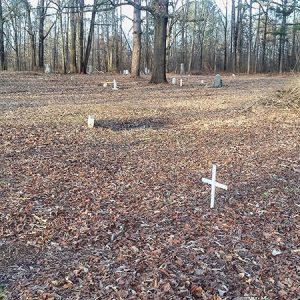 Hughes Cemetery
Hughes Cemetery
 Hughes Cemetery
Hughes Cemetery
Hulsey Bend (Independence County)
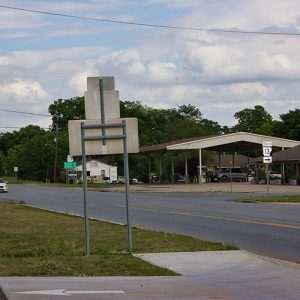 Humnoke
Humnoke
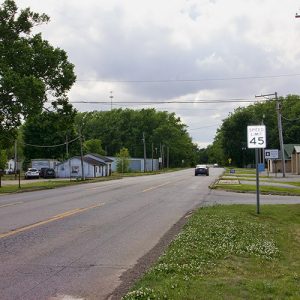 Humnoke
Humnoke
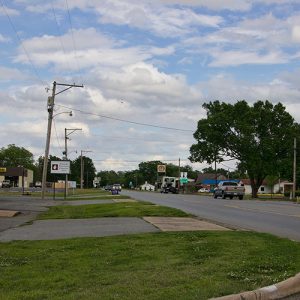 Humnoke
Humnoke
Humnoke (Lonoke County)
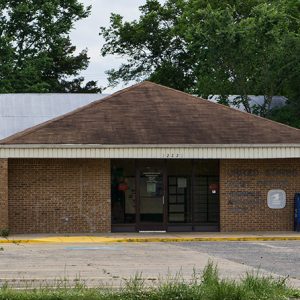 Humnoke Post Office
Humnoke Post Office
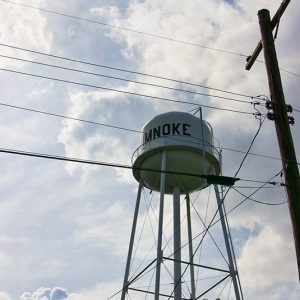 Humnoke Water Tower
Humnoke Water Tower
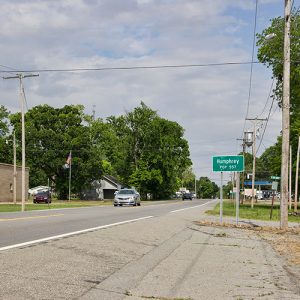 Humphrey
Humphrey
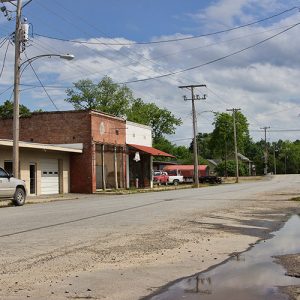 Humphrey
Humphrey
Humphrey (Arkansas and Jefferson Counties)
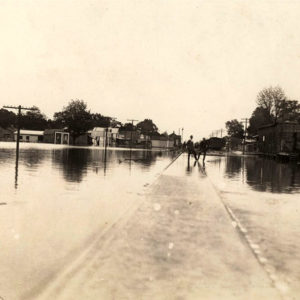 Humphrey Flood
Humphrey Flood
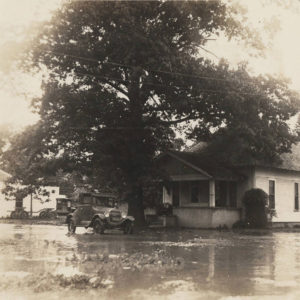 Humphrey Flood
Humphrey Flood
 Humphrey Police Dept.
Humphrey Police Dept.
 Humphrey Sawmill
Humphrey Sawmill
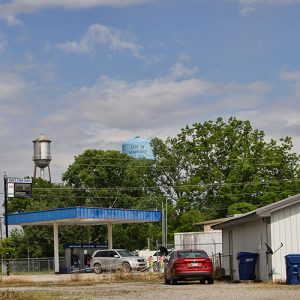 Humphrey Water Towers
Humphrey Water Towers
Hunter (Woodruff County)
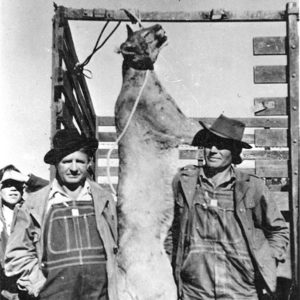 Hunters and Panther
Hunters and Panther
 Hunting Shelter
Hunting Shelter
Huntington (Sebastian County)
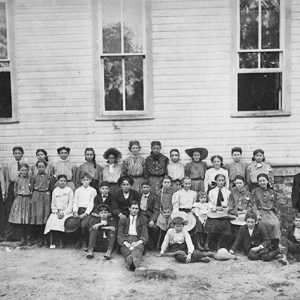 Huntington School
Huntington School
 Huntington Motel
Huntington Motel




